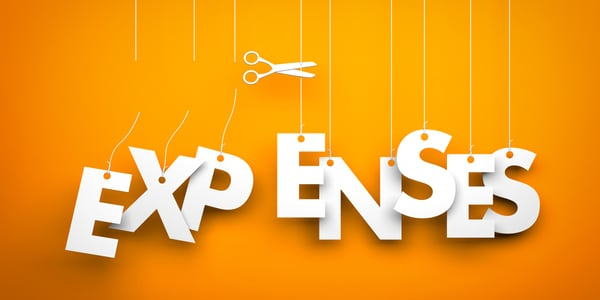Are You Missing out on up to 40% More Revenue from Third-party Payers?
How To Spot RCM Shortcomings and Act To Improve Revenue Capture
Technology that supports RCM workflows by automating and optimizing the collection and management of patient and payer data contributes to healthy financial performance.
Was this information valuable?

For many — if not most — healthcare providers, collecting patient demographics, insurance information, copays, and deductibles prior to performing procedures is a highly manual process that involves multiple touchpoints between staff, payers, and patients. Experienced front-end staff revenue cycle management (RCM) teams work together to capture as much data as they can to support efficient billing for services provided.
Unfortunately, in the post-pandemic era, many RCM teams are still running lean. Over the past four years, some of the most highly skilled medical billers retired or found alternate employment that offered more flexibility. Recruiting new RCM staff can be challenging, with healthcare providers competing for talent against higher paying opportunities in other fields and positions that offer flexible hours or remote work arrangements.
Talent Loss Can Lead to Revenue Leakage
With the departure of experienced RCM talent comes the loss of deep, institutional knowledge. Valuable insight into how a certain payer operates or how specific types of claims get paid more easily hasn’t been documented. All the filing, prior authorizations, and coding nuances that prevent claim rejections and denials were learned through experience — and when the experience walked out the door, it left no one to train the next generation of billers.
With the labor pool as tight as it is, many healthcare providers have had to hire less experienced staff. Less experience can mean more errors and more errors mean more revenue leakage. Staff may not realize that the insurance card presented by the patient is out of date. If the patient’s name or group number isn’t legible on the paperwork, they may enter it incorrectly into the system. They may not know how to look up the patient copay or coinsurance on the payer’s website so they can collect it on the spot.
Whatever the reasons, if patient and payer information are not captured correctly at the beginning of the encounter, the risk of claim denial increases.
Related Posts
How Can Hospitals Reduce Uncompensated Care Expenses and Improve Revenue?
How Providers Can Optimize Payments Despite Mounting Financial Threats
ZOLL Pulse Blog
Subscribe to our blog and receive quality content that makes your job as an EMS & fire, hospital, or AR professional easier.
ZOLL Pulse Blog
Subscribe to our blog and receive quality content that makes your job as an EMS, fire, hospital, or AR professional easier.




